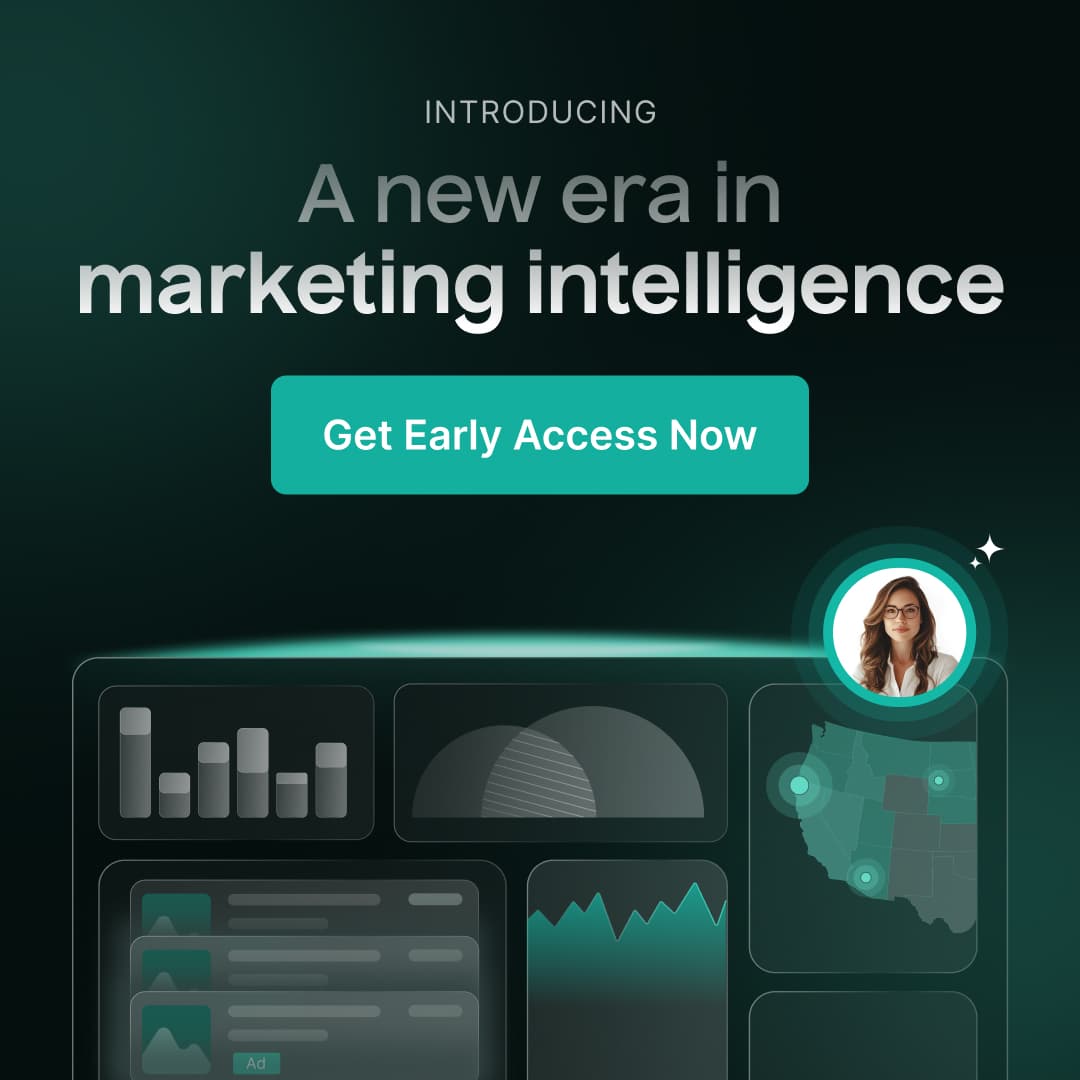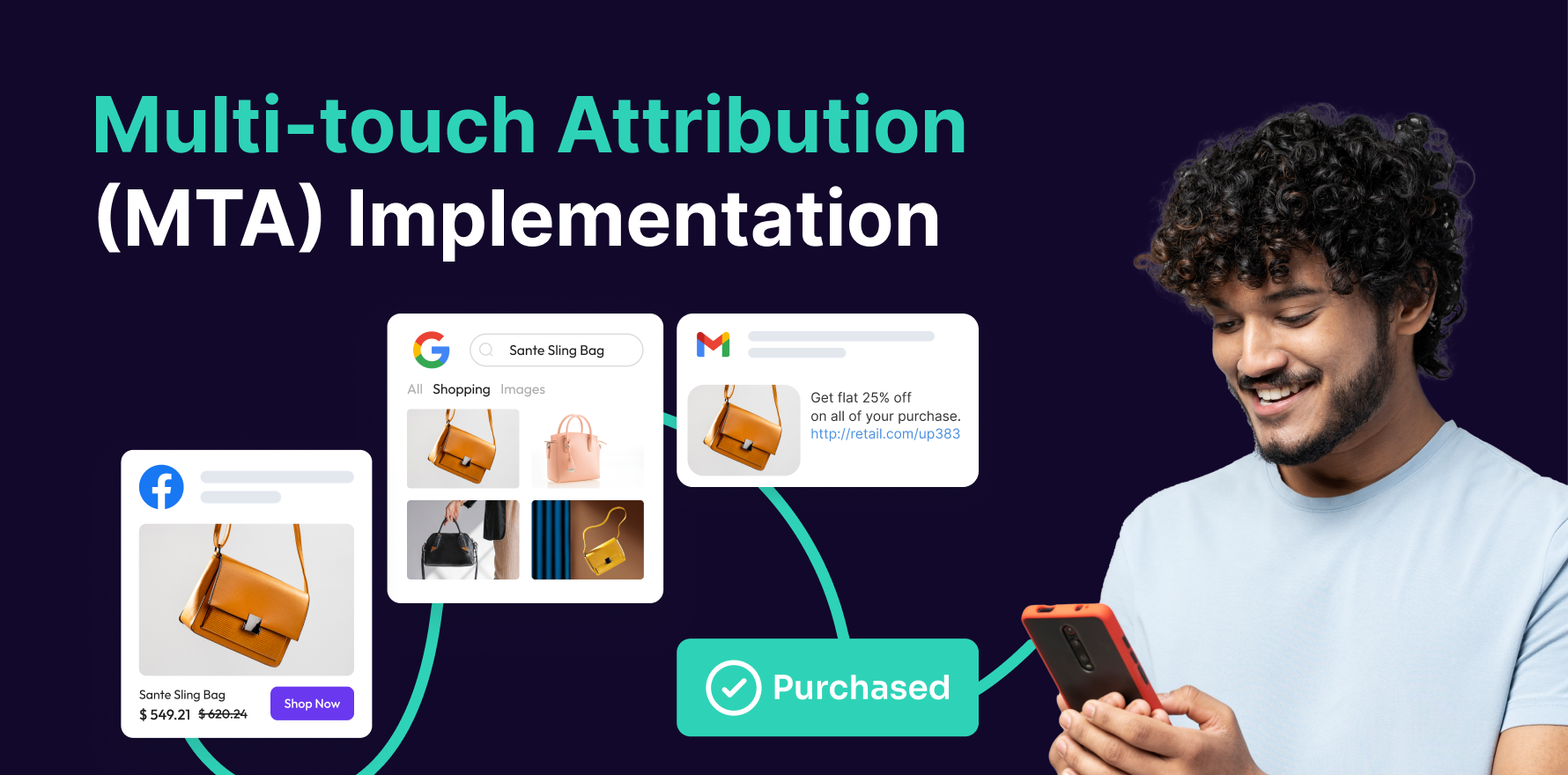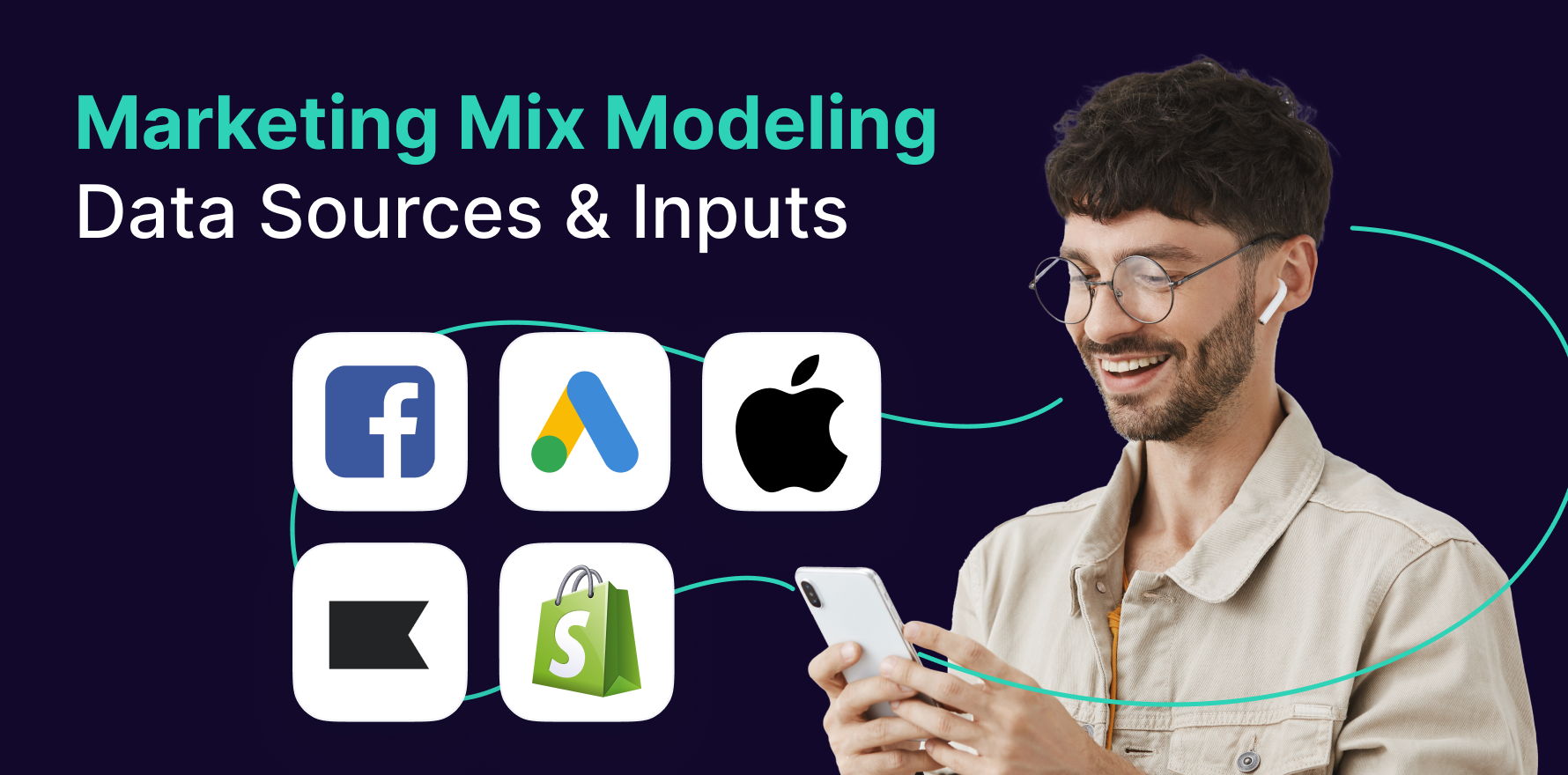What is Programmatic Digital-Out-Of-Home?
Programmatic DOOH or pDOOH refers to the use of automation, data, and digitization to transact and display out-of-home (DOH) inventory in real-time. It’s a form of advertising that harnesses the impact of traditional DOOH with the flexibility and precision of digital targeting. This includes ad placements on billboards, street furniture, and transit ads in digital formats that can be programmatically purchased or sold. With this, advertisers and marketers are able to specifically target a desired demographic and optimize campaigns for specific locations and times.
Formula
There isn’t a standard ‘formula’ for pDOOH as it relies heavily on real-time data and algorithms to target specific audiences and optimize ad performances. However, the effectiveness of a programmatic DOOH campaign can be measured using metrics such as increased purchase intent, brand recognition, and overall return on ad spend (ROAS).
Example
An excellent practical example of pDOOH would be a digital billboard ad for a coffee brand that changes based on the weather data. If it’s a cold morning, the billboard may show an ad for a hot coffee; but if it’s a hot afternoon, it might change to an ad for a cold brew instead.
Why is pDOOH important?
pDOOH brings the precision and flexibility of digital advertising to the DOOH world. It allows for more precise targeting, more creative control, and real-time ad optimization based on factors like time of day, location, and consumer demographics. This personalizes the ad experience, increases engagement, and enhances campaign performance.
Which factors impact pDOOH?
Accessibility of rich data sources, refined geo-targeting, real-time bidding, and development of creative digital assets can significantly improve the effectiveness of the pDOOH. Also, adopting AI for predictive analysis and machine learning algorithms could improve targeting accuracy and campaign performance.
How can pDOOH be improved?
Performance of pDOOH is contingent upon several factors including the quality and relevance of the ad content, precision of targeting, time and location of ad display, the design and size of the display medium, and the overall market condition.
What is pDOOH’s relationship with other metrics?
pDOOH can boost other e-commerce metrics such as brand awareness, web traffic, and conversion rates. It can have a ‘halo effect’ on online activities – driving users to search the brand or product online, engage with its social media profiles, or directly visit the website to make a purchase, thus increasing other performance metrics.
Free essential resources for success
Discover more from Lifesight

















